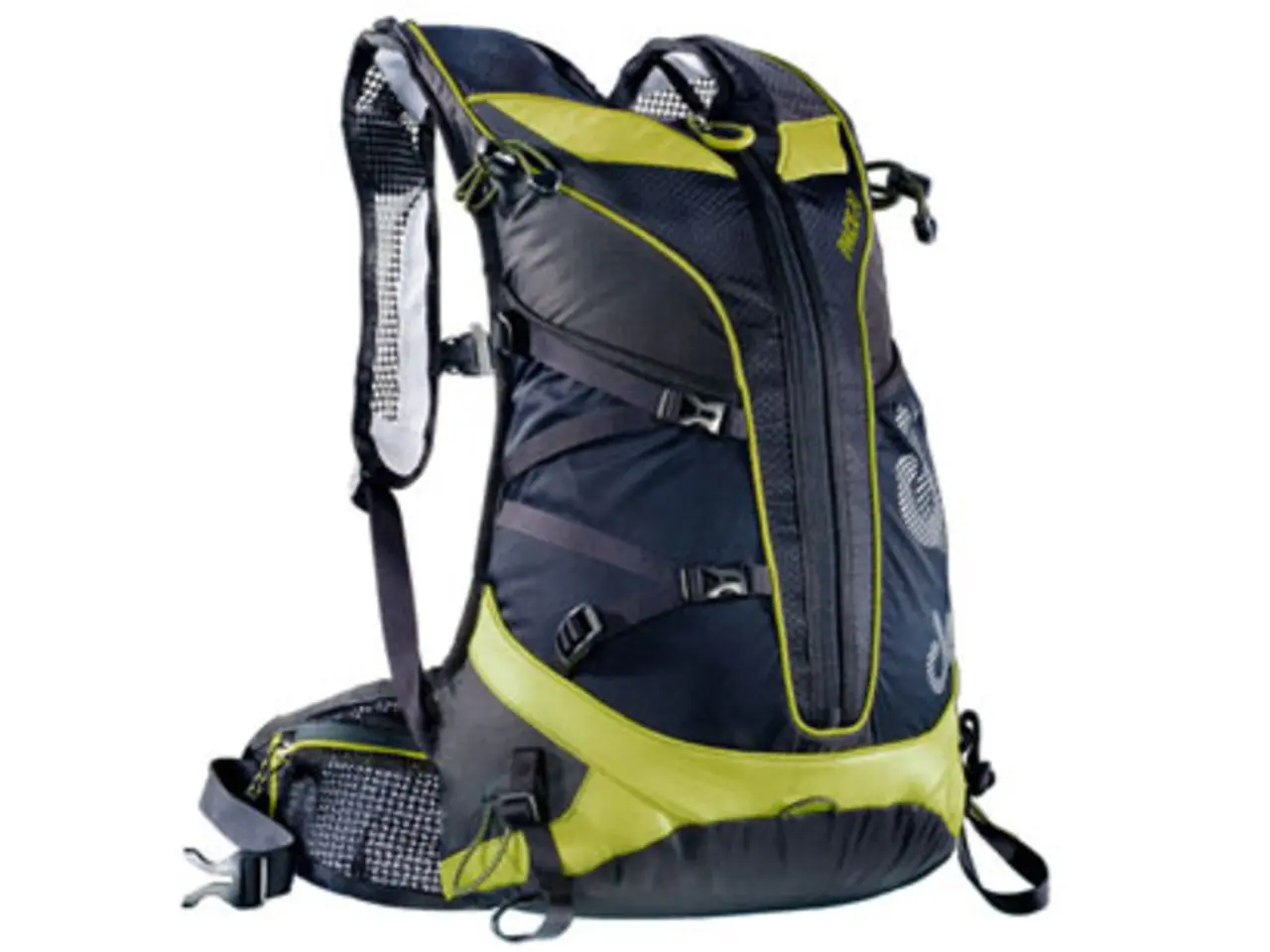Carrying a Firearm During Camping: Benefits and Drawbacks - My Personal Perspective on the Matter
In the vast expanses of America's national parks, forests, and BLM land, safety is a paramount concern for backpackers. One question that often arises is whether carrying a gun for self-defence is a wise choice. This article explores the pros and cons of carrying a firearm while backpacking, as well as alternative deterrent options.
Carrying a gun can serve as a powerful deterrent in regions with large predators such as bears. In case of an encounter with aggressive animals or humans, a gun may be necessary for self-defence. However, the decision to carry a gun is not without its challenges.
Legal and regulatory issues are a significant concern, as carrying a gun is heavily regulated and varies by jurisdiction. Guns pose safety risks if not handled properly, including accidental discharge. Additionally, guns are heavy and bulky, adding to the backpacking load. Some argue that knowledge and preparation are more effective for avoiding dangerous encounters than carrying a weapon.
Alternative deterrent options include bear spray, mosquito repellents, non-lethal deterrents like pepper spray or loud noise devices, personal safety measures, portable air horns, and even leashing your dog in areas where moose or bears are prevalent.
Bear spray, for instance, is highly effective for deterring bears without the need for lethal force. It is generally legal and lighter than guns. However, it is effective only at close range, and its effectiveness can be diminished in windy or rainy conditions.
Non-lethal deterrents like pepper spray or loud noise devices are generally legal and lightweight. They do not pose the ethical and legal issues associated with firearms. However, they may not be as effective against larger predators and are effective only at close range.
Personal safety measures, such as understanding the environment and taking preventive measures, can significantly reduce risks. This approach does not involve carrying additional weight or legal risks, but it requires constant vigilance and correct decision-making.
Ultimately, the decision to carry a gun should be based on specific circumstances, such as the presence of bears or other large predators, and personal experience with firearms. In many cases, non-lethal deterrents and personal safety measures are more practical and effective for backpacking.
The four basic rules of firearm safety are: treat every firearm as if it is loaded, keep the gun pointed in a safe direction, identify your target and what's around or behind it, and keep your finger off the trigger until you are ready to shoot. Classes cover the fundamentals of gun use, safety, storage, handling, and the use of safety devices or gear.
The author of this article had a close encounter with a mountain lion during a solo backpacking trip in Colorado. The experience has left them considering the idea of carrying a firearm for safety. They are currently researching training classes and determining the best pistol for themselves in the fall.
It's crucial to familiarise oneself with the specific laws in the state where one will be backpacking and carrying a gun to avoid breaking any laws. Crossing state lines while carrying a firearm may require specific rules or permits.
In conclusion, the decision to carry a gun while backpacking is a complex one, influenced by various factors. While it can provide a sense of confidence, safety, and general peace of mind, it also comes with responsibilities and potential risks. It's important to stay aware of your surroundings, feel confident in your chosen deterrent, and ensure it is easily accessible. Always check the laws regarding firearms in the area where you will be backpacking.
Hunting or sports can be combined with backpacking in areas with large predators, as it may allow one to carry a gun for self-defense and also enjoy the outdoor experience. Technology can play a role in enhancing safety while backpacking, with various mobile apps available for locating public land boundaries or tracking weather conditions.
Travel and backpacking often involve hiking and camping, activities where the use of mosquito repellents can provide comfort and protection from insects. Personal safety measures, such as understanding the environment and taking preventive measures, can also extend to hiking trails, ensuring a safer journey.
Alternative forms of exercise, such as yoga or meditation, can be beneficial for backpacking, providing mental and physical preparation for long treks. These activities are lightweight and easy to perform in remote locations, aiding in overall well-being during the trip.







